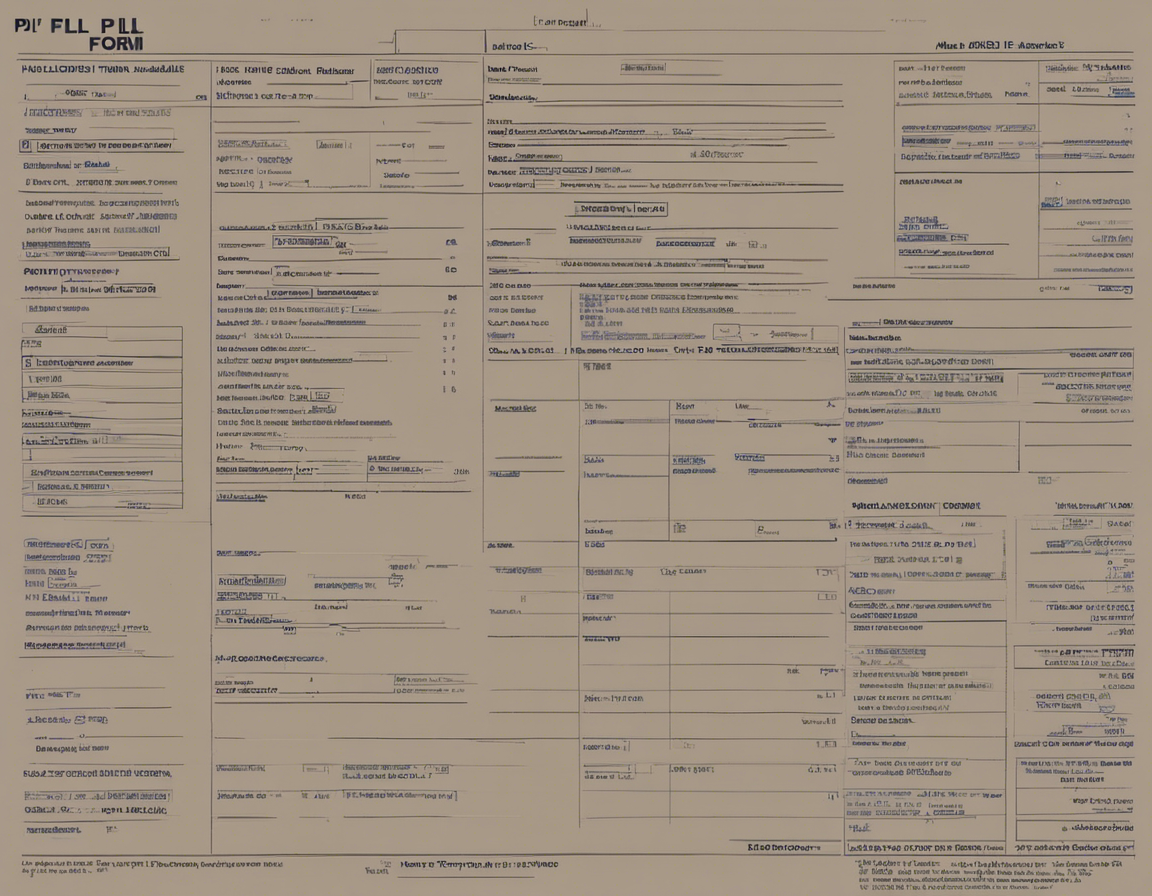The Pli, or Programming Language Interface, is an essential component in the field of software development that allows different programming languages to interact with each other. It provides a means for software components written in different languages to work together seamlessly, enabling developers to leverage the unique strengths of each language within a single application or system. In this comprehensive guide, we will delve into the Pli full form along with its significance, examples, and usage in the context of modern software development.
What is Pli?
Pli stands for Programming Language Interface. It refers to the set of rules, protocols, and tools that enable communication and interaction between different programming languages. The primary goal of a Pli is to facilitate seamless integration of software components written in diverse languages, allowing them to work together effectively within a larger system.
Significance of Pli in Software Development
In the realm of software development, where various programming languages are used for different purposes, the Pli plays a crucial role in promoting interoperability and code reusability. By providing a standardized interface for different languages to communicate, Pli simplifies the task of integrating components developed in disparate languages, thereby enhancing the overall flexibility and efficiency of software systems.
Examples of Pli in Action
1. Python and C Integration
- One common use case of Pli is integrating Python and C code. Python’s C Pli allows developers to write C extensions for Python to improve performance or access low-level system functionalities.
2. Java Native Interface (JNI)
- JNI serves as the Pli between Java code and native applications written in languages like C or C++. It enables Java programs to interact with platform-specific functionalities or utilize existing native libraries.
Types of Pli
1. Language-Specific Pli
- Language-specific Pli is tailored to facilitate interaction between specific programming languages. Examples include Python C Pli, JNI for Java, and Rust FFI for Rust.
2. Standardized Pli
- Standardized Pli, such as SOAP (Simple Object Access Protocol) and REST (Representational State Transfer), provide generic interfaces for communication between applications regardless of the languages used.
Benefits of Using Pli
1. Interoperability
- Pli promotes interoperability by enabling seamless communication between components written in different languages, fostering cross-language integration.
2. Code Reusability
- By allowing components written in one language to be easily reused in projects developed in another language, Pli enhances code reusability and promotes efficient software development practices.
3. Performance Optimization
- Pli can be utilized to optimize performance by interfacing with low-level languages to improve efficiency in critical parts of an application.
Frequently Asked Questions (FAQs)
1. What is the main purpose of a Programming Language Interface (Pli)?
- Pli enables communication and interaction between software components written in different programming languages.
2. How does Pli benefit software development?
- Pli promotes interoperability, code reusability, and performance optimization in software development.
3. Can Pli be used to integrate languages like Python and C?
- Yes, Pli facilitates the integration of languages like Python and C, allowing developers to leverage the strengths of both languages.
4. What are some examples of Language-Specific Pli?
- Examples of Language-Specific Pli include Python C Pli and JNI for Java.
5. What are Standardized Pli?
- Standardized Pli such as SOAP and REST provide generic interfaces for communication between applications regardless of the languages used.
In conclusion, the Pli serves as a vital bridge between different programming languages, enabling developers to create robust and efficient software systems that leverage the strengths of various languages. Understanding the Pli full form and its significance in software development is key to mastering the art of seamless language integration and building versatile applications for diverse environments.

